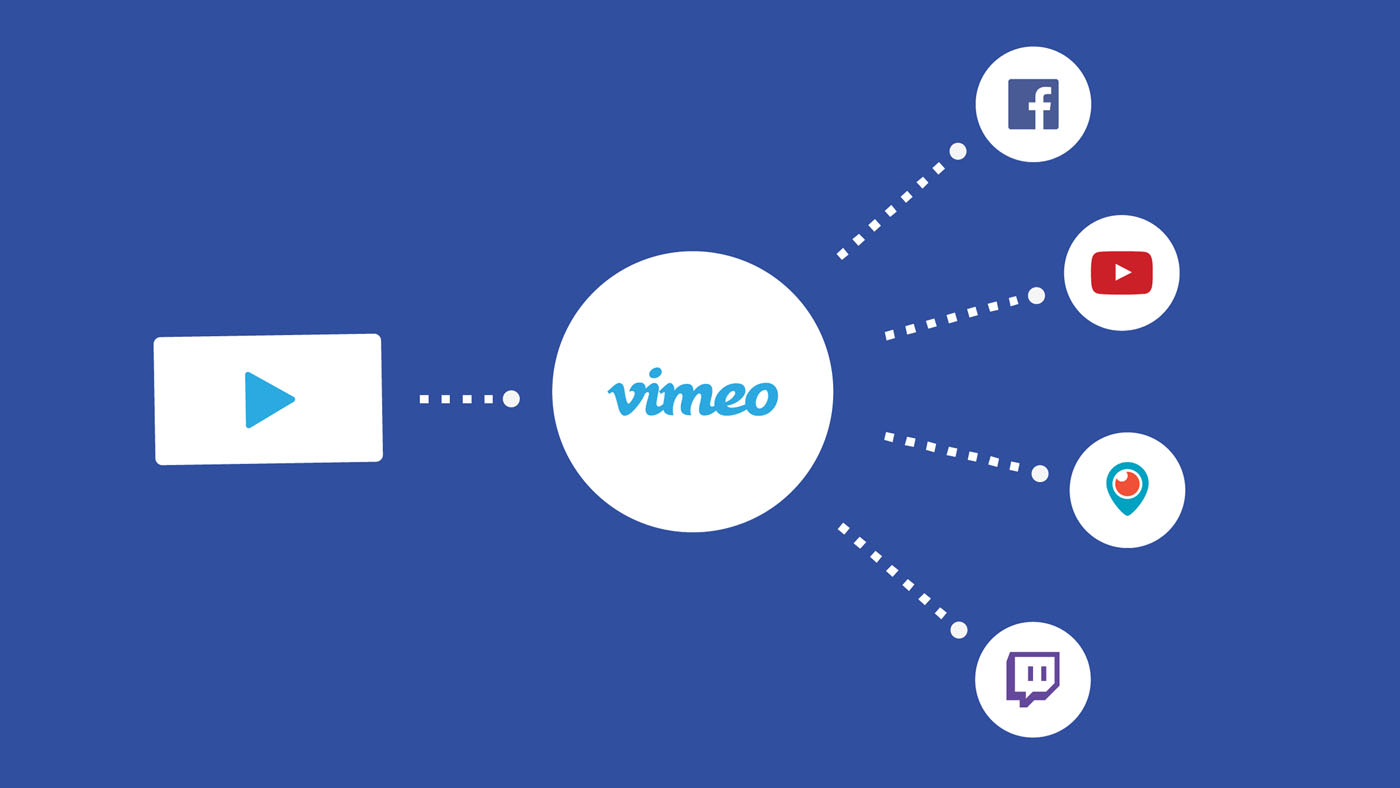Table of Contents
How Simulcasting Works
Simulcasting involves the transmission of audio and/or video content from a single source to multiple destinations simultaneously. This is achieved using advanced broadcasting equipment and software that can handle the synchronization and distribution of the content. The process typically involves the following steps: Content Preparation: The content is created and formatted to meet the requirements of different platforms. This may involve encoding the audio and video in formats compatible with various broadcasting standards. Transmission Setup: The content is then fed into a broadcasting system that is capable of distributing it to multiple channels. This system can be a physical broadcasting network or a digital streaming platform.Simulcast Technique Synchronization:
Ensuring that the content is synchronized across all platforms is crucial. This involves maintaining the timing of the broadcast so that viewers and listeners receive the same experience regardless of the platform they are using. Distribution: Finally, the content is transmitted simultaneously to the designated platforms. This can include television channels, radio stations, online streaming services, and social media platforms. Simulcast Technique is a technique used by professionals in broadcast media. Simulcasting is an excellent marketing technique for any media outlet as it allows the audience to tune in and receive the news at a time convenient to them. It is important for people to keep in mind that they are not watching television on live TV. They are actually watching a replay of the live broadcast at another location.Applications of Simulcasting
Simulcasting has a wide range of applications across different industries. Some of the most common uses include: Sports Broadcasting: Major sporting events are often simulcasted to reach fans on television, radio, and online streaming platforms. This ensures that audiences can enjoy the event in real-time, regardless of their preferred medium. Also Read: How Accounts Payables Is Creating News Coverage: News organizations use simulcasting to deliver breaking news and important updates across multiple channels simultaneously. This allows them to maximize their reach and ensure that their audience is well-informed.Simulcasting technique Entertainment:
Television shows, concerts, and other entertainment events are often simulcasted to cater to a diverse audience. This approach helps in increasing viewership and enhancing audience engagement. Corporate Communication: Businesses use simulcasting for internal communications, such as company-wide meetings, training sessions, and announcements. This enables them to communicate effectively with employees across different locations.Benefits of Simulcasting
Simulcasting offers several advantages, making it a valuable technique for broadcasters and content creators: Increased Reach: By broadcasting content across multiple platforms, simulcasting helps in reaching a larger and more diverse audience. Consistency: Simulcasting ensures that all viewers and listeners receive the same content at the same time, maintaining consistency in messaging and experience. Engagement: Multi-platform availability enhances audience engagement by providing them with the flexibility to choose their preferred medium. Efficiency: It allows for efficient use of resources by transmitting a single content feed to multiple destinations, reducing the need for separate broadcasts.The simulcasting technique: An approach to total-area radio
There are many times when people want to watch a live sports game or a news event such as a school shooting in the news, but they cannot get to their local TV station. They need somewhere they can watch the event live. When the event is being covered live, there is usually no replaying allowed. However, if the event is being replayed, the replay will be delayed to the audience’s time zone. Also Read: Walmartone 2-Step Verification: An Extra Layer of Security for Employee Access When the event being covered is being replayed, the host and other members of the network can explain what happened during the broadcast using a Simulcasting Technique. They will explain the news in a way that is easy to understand for those who have not been following the events as they occur. They may also use jargon that may be unfamiliar to some people. It is important to remember that people who are interested in the event being covered live do not need to know any technical details about the event.Challenges of Simulcasting
A Simulcast Technique can also be used in commercial broadcasts. For example, if the host or one of the show producers were at a movie premiere, they could re-broadcast the same story, beginning at the start of the movie and ending at the end of the movie. Despite its benefits, simulcasting also presents certain challenges:- Technical Complexity: Setting up and managing simulcasts requires advanced technical expertise and equipment to ensure seamless synchronization and transmission.
- Cost: The initial investment in simulcasting technology and infrastructure can be significant, especially for smaller organizations.
- Rights and Licensing: Broadcasters need to navigate complex rights and licensing agreements to simulcast content across different platforms and regions.

